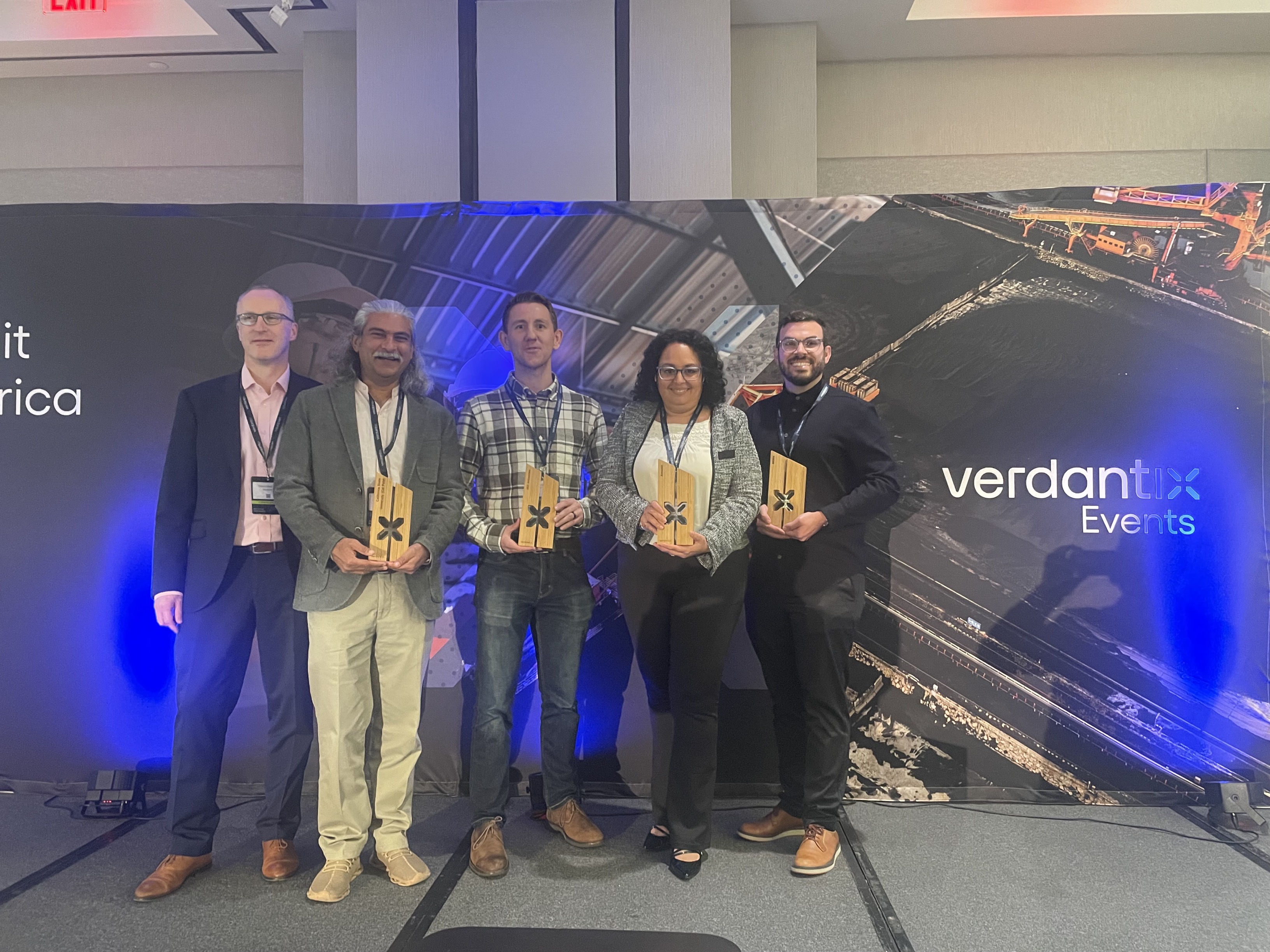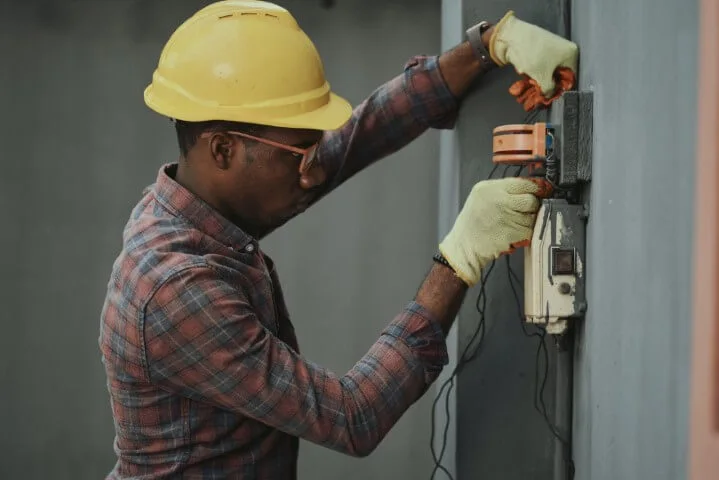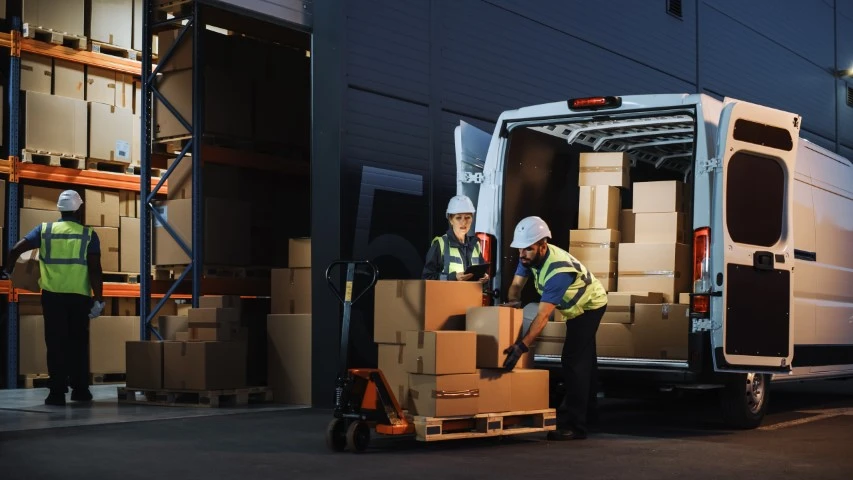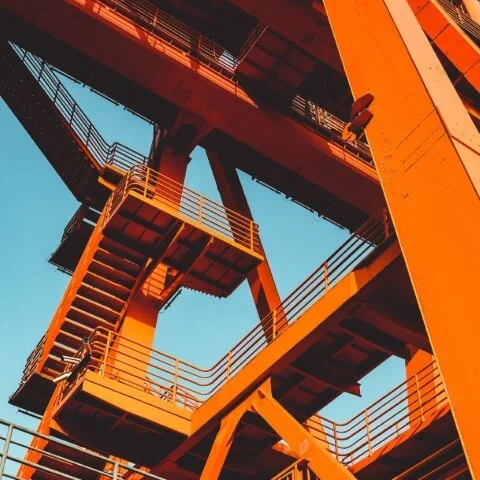The Key To Mitigating Subcontractor Safety Risks? Alignment On Safety Culture

The Key To Mitigating Subcontractor Safety Risks? Alignment On Safety Culture
Managing subcontractor risk was a common theme at the 2024 Verdantix EHS Summit North America. On a panel about mitigating risks through effective contractor management, Dana Dawsey, the Vice President of Environment Health & Safety at water solutions firm Pentair, said that even Tier 2 and Tier 3 contractors “should take a one-team approach when it comes to the topic of safety”. Other organizations at the event, such as Aegis Aerospace, Appruv and Avetta, echoed the importance of mitigating subcontractor safety risks.
Subcontractor risks arise when a contractor (known as the ‘prime’) outsources particular tasks to another party further down the supply chain as part of a larger project, often because its specialized expertise is vital to the process. For example, an electronics manufacturer might subcontract another provider to produce specialized parts like microchips, allowing it to focus on the final assembly of a product for a client.
Subcontractors may struggle to buy into a client’s safety culture because of limited direct access and exposure to the client. Often, subcontractors receive less supervision, feel less accountable, and receive incomplete or unclear information about the client's safety specifications. Moreover, there may be reluctance to report a safety concern or incident given perverse incentives: subcontractors are incentivized to win repeat business from the prime contractor, and in turn the prime contractor to win repeat business from the client.
When firms fail to manage subcontractor risk, it can result in high-profile incidents. Earlier in 2024, for instance, the Italian police accused fashion group Armani of indirectly subcontracting production to organizations that “exposed [their workers] to potentially dangerous chemical substances, and were denied medical examinations or training”.
Hiring firms should seek to avoid the reputational damage, fines and business disruption caused by subcontracting mishaps. If all parties can agree to place a high level of importance on safety beliefs, values and attitudes throughout a project, there is a greater chance of operations being conducted safely. Reporting software can be used to enhance subcontractors’ engagement in a positive safety culture. For instance, Belgian construction multinational BESIX worked with software provider HSI on improving engagement, resulting in its total recordable injury and illness frequency rate (TRIIFR) for subcontractors rising from 10.47 to 15.55 over 12 months. BESIX and HSI believe that this increase is indicative of subcontractors “feeling more comfortable and safe reporting injuries and illnesses” which will “ultimately lead to better safety outcomes in the long term”. With more reports from subcontractors, BESIX is armed with better information on what safety improvements are required to improve overall outcomes.
Boosting engagement is just one factor of many in managing subcontractor risks, with others including pre-qualification and onboarding, control of work, safety training, on-site safety management and site access control. For more information on the various technologies that can be used to manage these factors, download our Buyer’s Guide: Contractor Safety Management Software (2024).
 .
.





















